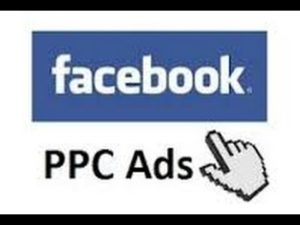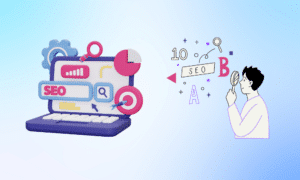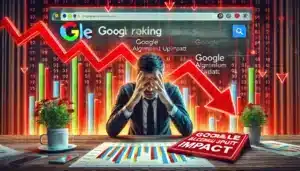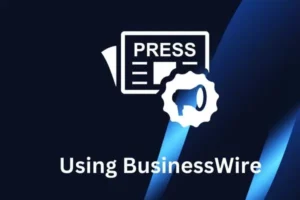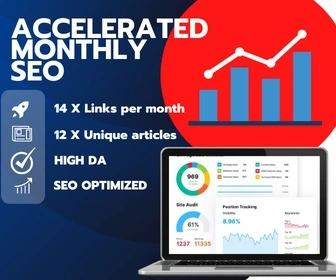This post is not going to be for those that don’t want to hear the hard realities of why you messed up your Facebook ads campaign. But be real, you wasted your money. I would be the first to admit that Facebook has a deceiving interface and user-experience and often, the changes and updates are designed to trick people into spending on things they did not intend: for example when it switches the campaign scope to different metrics. Great, now let’s move on and see what we can learn from it:
Let’s get into it, and your first stop should be at Facebook Ads spy. This tool will indicate any elements that are to blame. Otherwise here are the 10 common questions you need to ask if your ads are underperforming.
Suggestion: Read about our Facebook Verification Service.
Question 1 – Is your ad design grabbing enough attention?
Your first impressions is everything. In fact you have 90 seconds to stun them. Having a low quality ad image is not one. But keep is simple and honest.
Rather ask:
- Does the ad look like its credible and of high quality?
- Will the ad image attract people’s attention in the News Feed?
- Is the ad image aligned with your branding guidelines?
- Have you used generic stock photos or are they original images?
- Is the ad colorful and generating emotions?
- If you have more than two wrong then your design is letting you down. Big time.
Question 2 – Did you mess up with the copywriting?
A goal for Facebook advertising is to present an offer in the best persuasive manner thinkable. So ask yourself why your ad is not convincing customers to click on the ad, then these could be the reasons: The ad does not echo the products best benefit. Or it’s just unappealing. The copy could been too long and not easy to read. It could lack spacings and punctuation. Never mind, it could seem untrustworthy.
To overcome the issues, instead find the right tone of voice. Focus on the important stuff. And center the copy around the customer.
Question 3 – Do customers want to click on your ads?
If you don’t even want to click on your ads, why would other people? If it’s a no, it means that you failed in 1 of the 3 elements that make an ad, that of design, copy and call to action. You need to align all 3 (and they are equally important) to your message and objectives. But never forget to tell the customer what the benefits are so you stand out against the competition.
Question 4 – Have you set the correct campaign objective?
By selecting the wrong objective, while setting up the campaign setup. This will negatively impact your campaign performance. You should pick the right objective the first time.
To pick the right objective follow these tips:
- Select engagement if you want to collect Facebook page likes.
- Select conversions if you want customer to buy your product on your website.
- Select brand awareness if you want customer to recognize your brand.
Question 5 – Did you use the correct bidding method?
Experimenting is normally a good idea, but here are some of the most common bidding mistakes:
- Granting Facebook no time for optimization since you are changing bidding methods too often
Facebook won’t deliver your ads since you are placing too low manual bids - And, you are bidding on impressions when your actual goal is to get conversions.
Question 6 – Did you target the right audience?
What is the use of having a great ad, design it perfect, the copy beautifully constructed, but you are delivering it to the wrong people? On Facebook when you target the wrong people, your ad will get a low relevance score. More so cost you money, and little if any results. So, don’t do that. Rather keep a clear focus on your target group. This could mean a more niche market, but actually the ones that will buy your product.
To find your target group, look at these targeting options, namely interest-based targeting, targeting by demographics, lookalike audiences or custom audiences.
Question 7 – Was your ad campaign relevant to the target audience?
After each campaign you should use Facebook ad metric to see the relevance score. The score is from 1 to 10, and a low score is frankly not only bad but a costly failure. The score is calculated based on positive and negative feedback the ads receives. But if the relevance score is low you should change the ad and target audience, as there might be a mismatch between these two elements.
Question 8 – Did you pick the wrong ad placements?
The selection of ad placements will impact the cost per result. So you will want to get that one right.
To check if the reason why your ad is failing cause of wrong ad placement, go to Facebook ads Manager. But understand, some ad placements will work better than other. The thing that you will need to do is to either exclude the low performing ones or up your budget to get to the best performing ones.
To make things easy, Facebook does set up some recommendations based on possible objectives:
- For brand awareness or engagement select Facebook and Instagram
- For video views or app installs select: Facebook, Instagram and Audience Network
- For traffic or product catalog or conversions select Facebook and Audience Network
Question 9 – Did you make a common landing page mistake?
The main idea of Facebook ads are to drive customers to your website. Since once clicked on the ad, they end up on your website’s landing page.
There are a few landing mistakes people still make, the question is did you make one of them that led to your ad failing? These include:
- Poor first impression
- Your target is too wide
- Poor mobile experience
- There’s a lack of images
- The ads and landing page call to actions don’t scale
- The call to actions are just confusing
- The landing page and ad designs are unaligned
Question 10 – Is the issue that of ad fatigue?
Simply put, are people just tired of your ads? If so then you are stuck with ad fatigue. This happens when people have seen the ads too many time and now have become bored of seeing them. Rather make sure that the ad frequency is limited to 1-3 points. Unless it’s a smaller audience or you are remarketing, then you can increase the frequency without doing as much damage to your campaign.
But once the frequency starts to climb, you could pause the campaign a bit. Alternatively switch the ad audience and target new customers. Best still, just modify the design and offer of the ad.
To conclude
It’s not all that bad. Once you have gone through asking these reflecting questions, you can come up with fresh and inspiring new ways to improve your ad campaigns. In this game it’s all about learning. Hope these question will of use as you reflect on your past campaign. You are going to find with PPC, there are different ethics with platforms: For example Linkedin does not have any deceitful setup in it’s interface: it charges you for what you expect to be charged. With Facebook, it is not the case as they thrive on making more money from small print. With Google – well you have to assess whether the “default” settings for certain campaigns were really what you needed – and with Bing Ads, we know it is rather straight forward, backed by a guarantee that Bing will help you tackle any ad fraud.
Related posts:
- Avoiding the PPC myths that corrupts your marketing
- Knowing what works best where on the PPC funnel
- 3 Tips to increase ROI for PPC
- When it comes to PPC audience targeting, why restrict yourself to Google only?
